Finding, Acquiring, & Preparing Census Data
Ryan Clement | @rkclement
Data Services Librarian
June 2015
This work is licensed under the Creative Commons Attribution-NonCommercial-ShareAlike 4.0 International License. To view a copy of this license, visit http://creativecommons.org/licenses/by-nc-sa/4.0/.

Goals
- Participants will be familiar with four essential concepts for working with Census data
- Participants will be able to locate various sources of Census data
- Participants will be able to carry out simple data processing to prepare data for further use
At the end of this workshop:
The Decennial Census
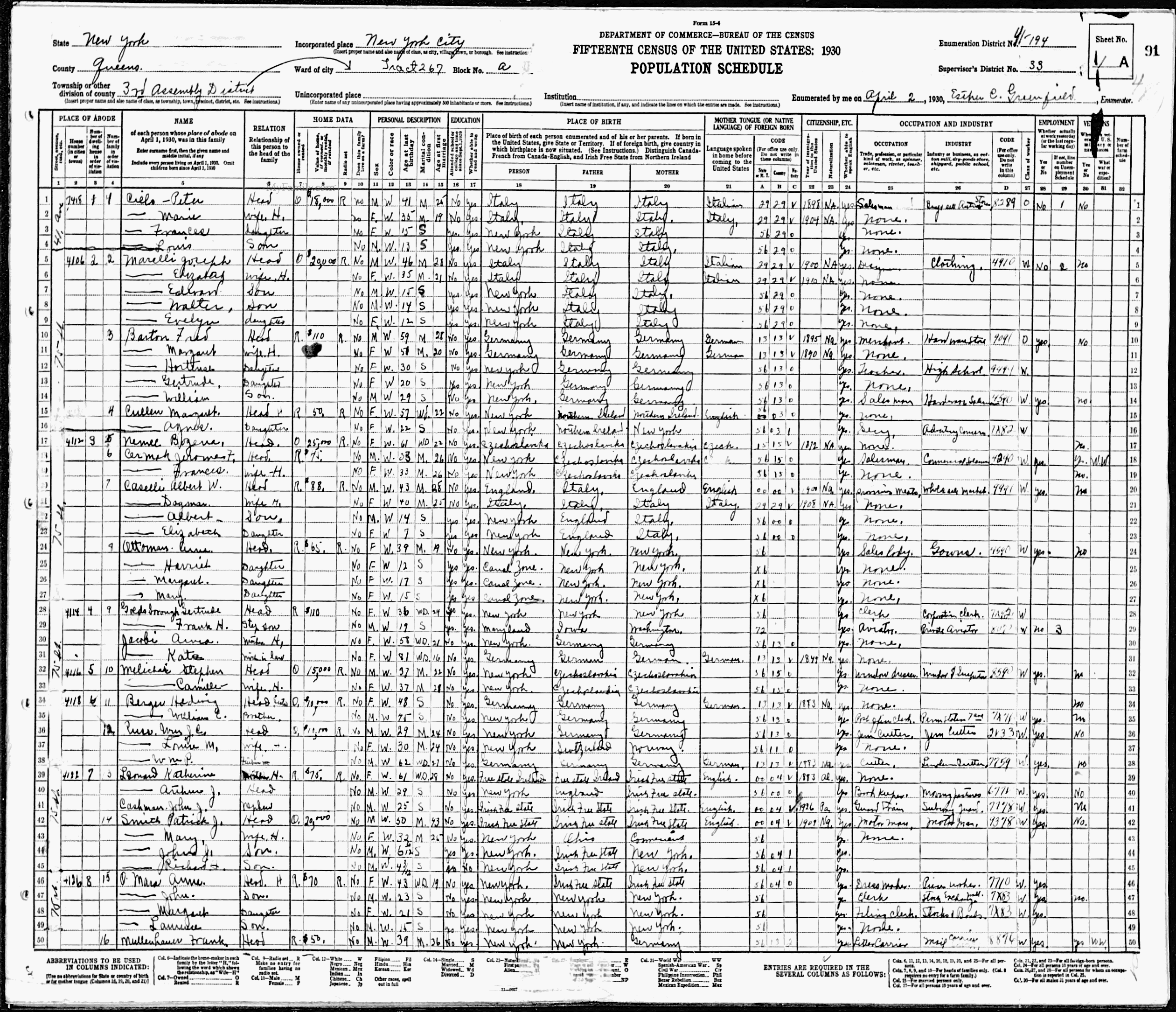
Electronic Access!

Essential Census Concepts
- Aggregate data vs. microdata
- 100% data vs. sample data
- Census geographies
- Data definitions
Aggregate
- Most common
- Tables of statistics
- Determined by government needs
- Smallest available geography: census "blocks"
Microdata
- More difficult to obtain, or work with
- Not 100% complete
- Allows innovative use
- Available at the individual respondent level
100% Data
- Short form census
- Most accurate
- Fewest questions (only 10!)
Sample Data
- Census long form (2000 and before)
- American Community Survey
- Most information
- Make sure samples are comparable!
Census Geography
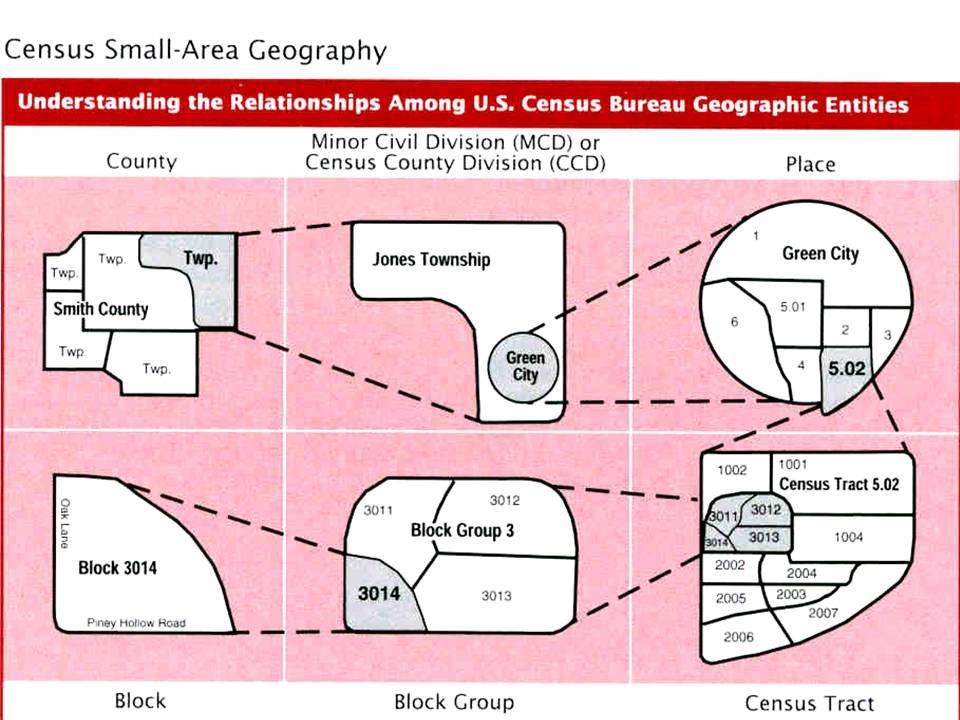
Data Definitions

Census Sources
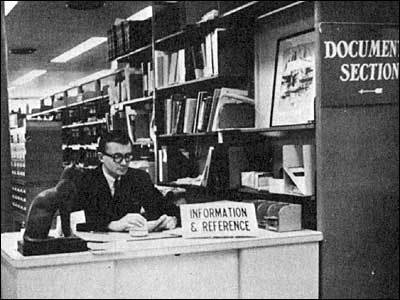
print census records
Census Sources

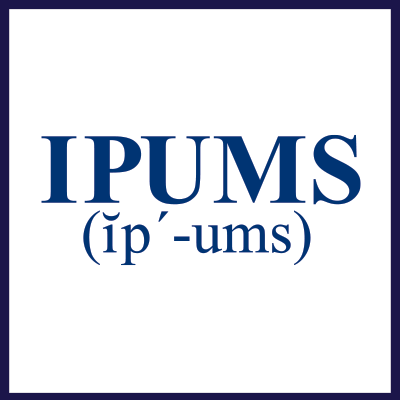
microdata

Census Sources
historical data, easy access
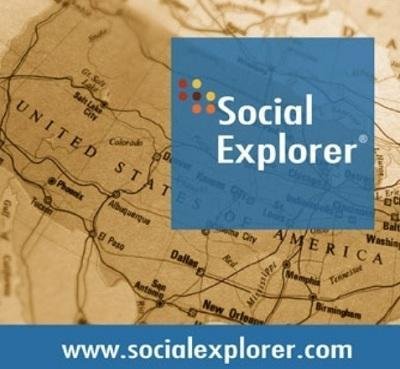

Census Sources
quick access, current data
Social Explorer Exercise
Wrap-up Think, Pair, & Share
What would you like to explore using Census data? (and where will you go to find out if you can get the data?)
Credits
- Most images courtesy United States Census Bureau except:
- Census Geography image courtsey MIT Libraries
- Government Documents image courtesy San Jose State University Libraries
- All logos courtesy of the respective organization
finding and preparing census data
By Ryan Clement
finding and preparing census data
- 1,563



